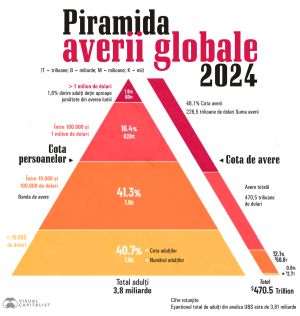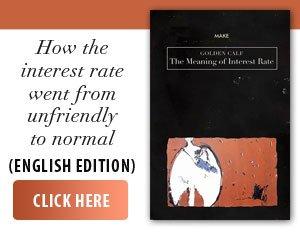Inflation continues to be one of the most pressing global economic issues, and a monthly report monitoring the dynamics of this indicator in the G20 countries highlights major disparities in price increases across the world's largest economies, according to an analysis by visualcapitalist.com.
According to August data provided by the national statistical offices of the G20 countries (developed nations and large emerging economies), there is a continuing divergence in inflation, with some countries perpetually facing rising consumer prices while others are struggling with deflation.
Figures comparing annual inflation rates in each G20 nation show that Argentina (+33.6%) and Turkey (+33%) remain the top two areas with extremely high inflation, while China is the only G20 member in deflationary territory, at -0.4%.
• Argentina: High Inflation Persists, but Shows Signs of Abating
Despite leading the G20 list, Argentina's inflation trajectory could be taking a turn. Monthly inflation in August was flat at 1.9%, a notable slowdown from the start of the year. This is the lowest monthly increase in 2022, according to the source cited. However, years of economic mismanagement, exchange controls and a weakening peso have had a lasting impact. Recent financial support from the US may temporarily stabilize Argentina's economy, but could bring new structural challenges if reforms are not followed.
• Turkey, marked by monetary policy, lira depreciation, rising fuel prices
Turkey continues to record high inflation, at 33%, with food, energy and housing prices rising. The central bank's decision to cut interest rates despite continued inflation has drawn criticism, the source cited notes. Consumer prices rose more than expected in August, testing the credibility of monetary policy.
The weak Turkish lira has further exacerbated inflation by raising the cost of imports. Without a decisive change in economic policy, inflationary pressures are likely to persist.
• China in deflation - economic concerns
While many nations struggle with high inflation, China stands out for the opposite reason: deflation. Consumer prices fell 0.4% from a year earlier in August 2025, suggesting weakening domestic demand. This trend is part of broader economic problems facing China, including a shrinking working population, declining birth rates and a rapidly aging society. These demographic changes are expected to reduce productivity and consumer spending in the long term. Meanwhile, the country's once-thriving real estate sector, estimated to account for up to 30% of GDP, continues to face a prolonged slowdown, with falling house prices and defaults by developers contributing to low investor and household confidence.
China's deflation could be a symptom of deeper structural changes. These include an overreliance on investment-led growth, rising local government debt and the challenges of transitioning to a more consumption-led economy. Without robust domestic demand or significant policy changes, deflationary pressures could persist, posing risks to both China's long-term growth and global trade dynamics, the source concluded.
• Global inflation outlook remains mixed
US inflation hit 2.9% in August (the highest since January), while countries such as Japan (2.7%) and the eurozone (2.1%) were close to central bank targets. Canada (1.9%) and South Korea (1.7%) have some of the lowest inflation rates.
It is worth noting that the Top 10 countries by inflation, following Argentina and Turkey, are: Russia (8.1%), Brazil (5.1%), the UK (3.8%), Mexico (3.6%), South Africa (3.3%), Australia (3%), the US (2.9%), Japan (2.7%).



























































